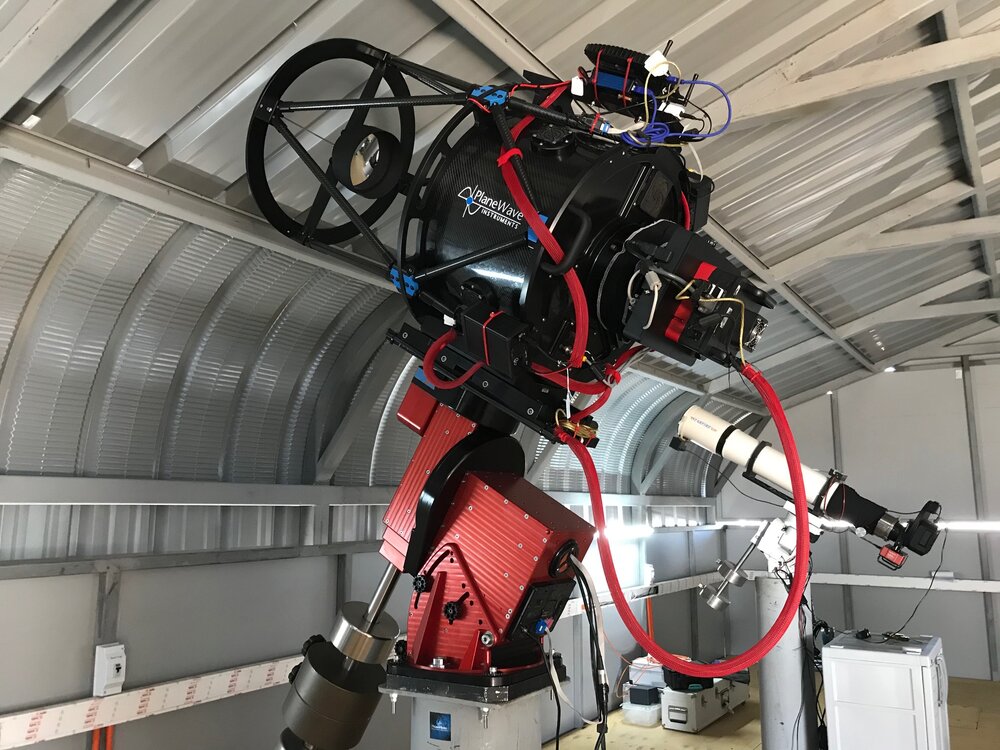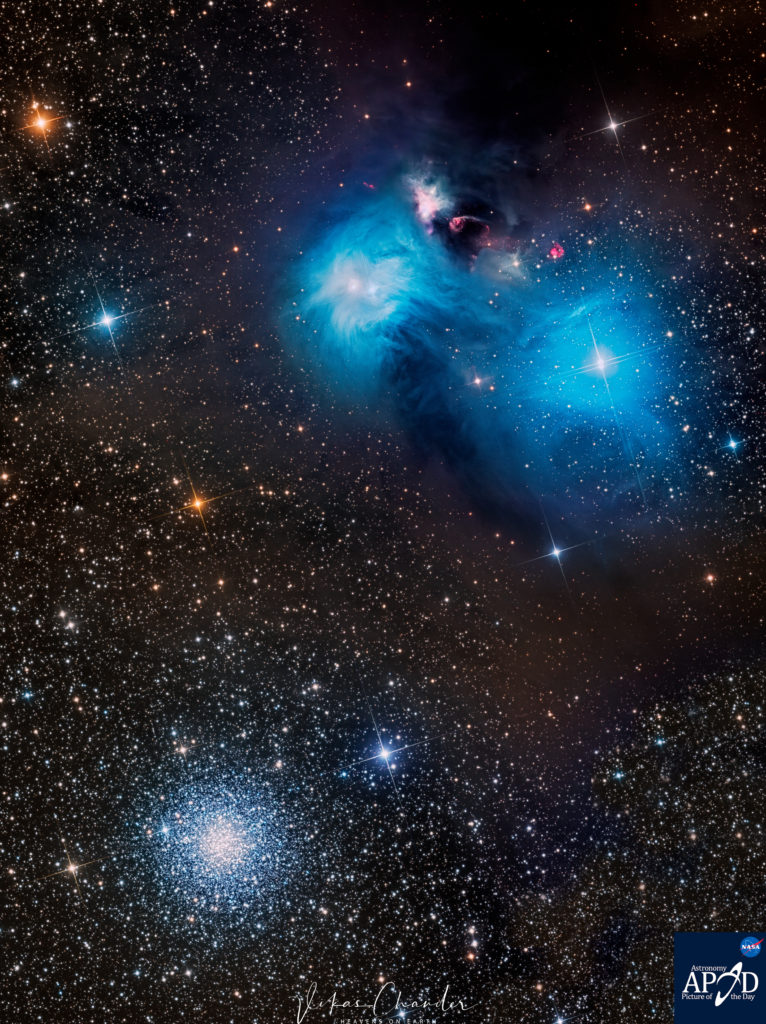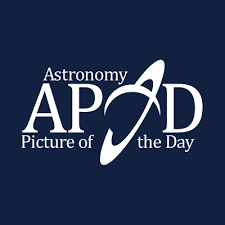Telescope : Planewave CDK 17 F6.8
Camera : SBIG STXL 11002
Mount: Software Bisque Paramount ME
Pixel scale : 0.63 arcsec/pixel
FOV : 42 x 29 arcmins
Filters :HaLRGB
Integration: 32h45m
Ha 09x30m bin 2×2
L 29x15m R 25x15m G 24x15m B 35x15m
RA center: 19h 2′ 2″
DEC center: -37° 1′ 3″
Equipment : Martin Pugh
Location : El Sauce Chile
Software: PixInsight & Photoshop

The star-forming region around NGC 6726 in the southern constellation of Corona Australis (Southern Crown) about 400 – 500 light years distant is a complex association of dust, beautiful blue reflection nebula and unusual objects referred to as Herbig-Haro (HH) objects. NGC 6726/6727 and IC 4812 are blue reflection nebulae, where bright stars are embedded in a large cloud of dust which reflects the blue light of the stars. NGC 6729 is a butterfly-shaped emission/reflection object that is a variable nebula, powered by the irregular variable star, R Coronae Australis (R CrA). R CrA was discovered about 100 years ago. HH objects are shown as delicate, small arcs of glowing gas. They originate as energetic outflows from embryonic stars that are still forming and cloaked inside gas and dust. Bernes 157 is dark nebula that is so dense that stars inside the nebula and behind it cannot shine through.

